Avoid recipe for an accident
Published on June 2nd, 2020
Located in the southeast of China, Shenzhen is a modern metropolis that links Hong Kong to China’s mainland. It’s also the third leg finish for The Ocean Race 2021-22, and as 2-time skipper Ken Read observes, “Cape Town to China is certainly the one that has still the most question marks.”
Among the question marks is where the leg can safely finish.
When the previous edition of the concluded a leg in Hong Kong, it resulted in Vestas 11th Hour Racing colliding with a fishing boat just 30 nm from the finish, sinking the boat and killing one fisherman. Shenzhen is alongside Hong Kong, and the approach will be equally congested.
This will be the fifth consecutive edition of the race where there has been a stopover in China, and conflict with marine traffic is as Asian as Kung Pao Chicken. While there are not yet details on where the finish line will be located, Peter Willcox suggests it not be anywhere near land:
I spent a couple months driving a 200-foot research schooner around Hong Kong waters several years ago, and was absolutely shocked by the lack of seamanship displayed by the coast wise traffic operating in the area.
More than once on a clear day in unlimited visibility, we had to make substantial course alterations, because the coastal traffic had no intention of moving for a sailing vessel. It would have been funny, were it not so stupid.
The vessels I am referring to were the sand dredgers, coming from the mainland, and coastwise self-propelled container barges. I am not including merchant vessel pilots, who seemed to know exactly what they were doing. But the smaller craft, up to 250 feet, had not a clue. This was in general, similar to the fishing vessels operating in Asian coastal waters.
In this condition, having high speed, and in my opinion poorly lighted sailing vessels racing for a finish line is a recipe for another accident. No poor fisherman is going to have the slightest idea of what a single red or green light, way up in the air will signify.
Small fishing vessels hardly show up on a small low radar and they hardly show up on ship radar. Most of them do not carry AIS, although they do seem to put them all over their long lines.
For racing boats finishing a long leg, picking out a fishing vessel against city lights is very difficult.
Race organizers should do the sensible thing, and have some sort of finish line at least 25 miles off shore. Let the racing boats come into one of the busiest harbors in the world at a safe speed, with several crew member on lookout duty for hard to see fishing boats, and larger commercial craft, who will not be looking for them.
Event details – Route – Teams – Facebook
The Ocean Race 2021-22 (formerly The Volvo Ocean Race) will be raced in two classes of boats: the high-performance, foiling, IMOCA 60 class and the one-design VO65 class which has been used for the last two editions of the race. Entries in the IMOCA 60 class will compete for The Ocean Race trophy, while those racing the VO65s will chase the Ocean Challenge Trophy.
Ten Stopovers for 14th Edition:
• Alicante, Spain: This historic Mediterranean port will host the start for the fifth consecutive edition in the autumn of 2021.
• Cabo Verde: More accustomed to having offshore teams sail by, or stop for repair, this archipelago of ten volcanic islands in the central Atlantic Ocean will become just the second African venue the race has ever visited and the first West African nation to host the event. Details.
• Cape Town, South Africa: Located on the shore of Table Bay, Cape Town, as the oldest urban area in South Africa, was developed by the United East India Company (VOC) as a supply station for Dutch ships sailing to East Africa, India, and the Far East. Located at latitude 33.55° S, it’s approximately the same as Sydney and Buenos Aires and equivalent to Casablanca and Los Angeles in the northern hemisphere. Details.
• Shenzhen, China: Located in the southeast, the city is a modern metropolis that links Hong Kong to China’s mainland. It’s known for its shopping destinations and features contemporary buildings, such as the 600m-tall skyscraper Ping An International Finance Centre, and a number of amusement parks. The city is a leading global technology hub and was one of the fastest-growing cities in the world in the 1990s and the 2000s. Details.
• Auckland, New Zealand: European, Polynesian, Asian, and strong Maori heritages give Auckland its distinctive culture. Located in the North Island of New Zealand, it is the most populous urban area in the country with an urban population of around 1,570,100. Details.
• Itajaí, Brazil: To the south of Rio de Janeiro, Itajaí was founded in the mid-19th century by German and Italian colonists, and is now the commercial centre and Atlantic port for an agricultural region drained by the Itajaí River and its tributaries. Details.
• Newport, USA: Located on Aquidneck Island, Newport is 74 miles south of Boston and 180 miles northeast of New York City. It is known as a New England summer resort and is famous for its historic mansions and its rich sailing history. It was the location of every challenge to the America’s Cup between 1930 and 1983. It is also the home of Naval Station Newport, which houses the United States Naval War College, the Naval Undersea Warfare Center, and an important Navy training center. This is the third consecutive edition of the race to stop in Newport. Details.
• Aarhus, Denmark: The course comes to the east coast of the Jutland peninsula during the spring of 2022, following a popular ‘Fly-By’ of the city during the final leg of the 2017-18 edition of the Race. Details.
• The Hague, Netherlands: This city along the North Sea coast will welcome the race for a third consecutive time, first coming as a ‘pitstop’ on the final leg of the 2014-15 edition and as the final finish port for the 2017-18 race. Details.
• Genoa, Italy: As the birthplace of Christopher Columbus, this first-time race host is Italy’s largest sea port yet remains full of grandeur as the gateway to the Riviera while offering weighty architectural heritage. Details.



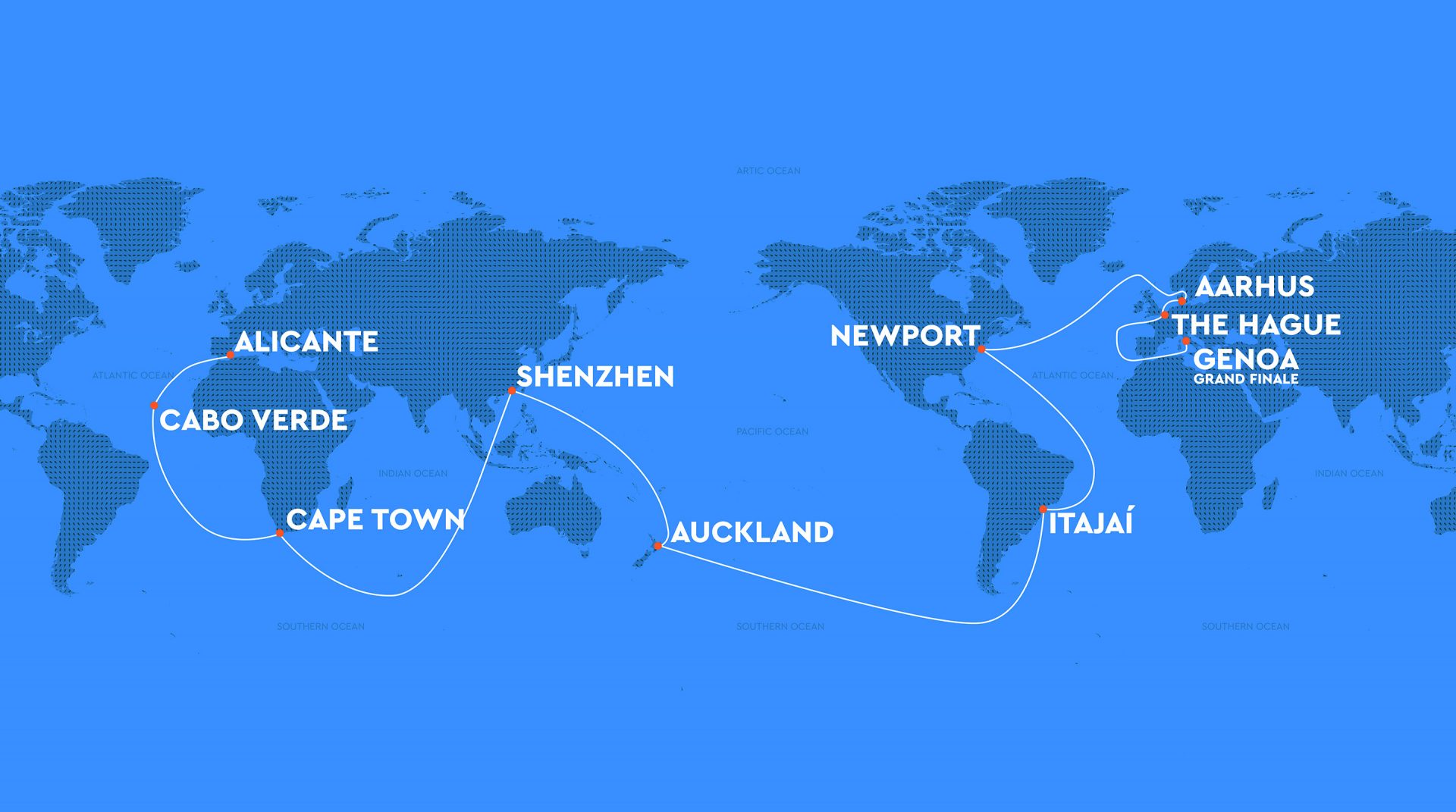

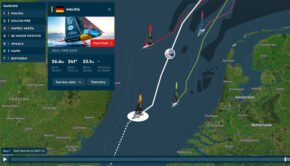
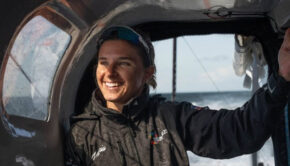
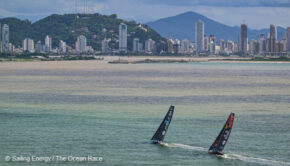
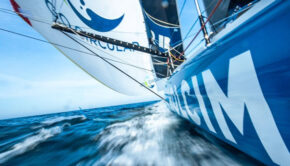
 We’ll keep your information safe.
We’ll keep your information safe.